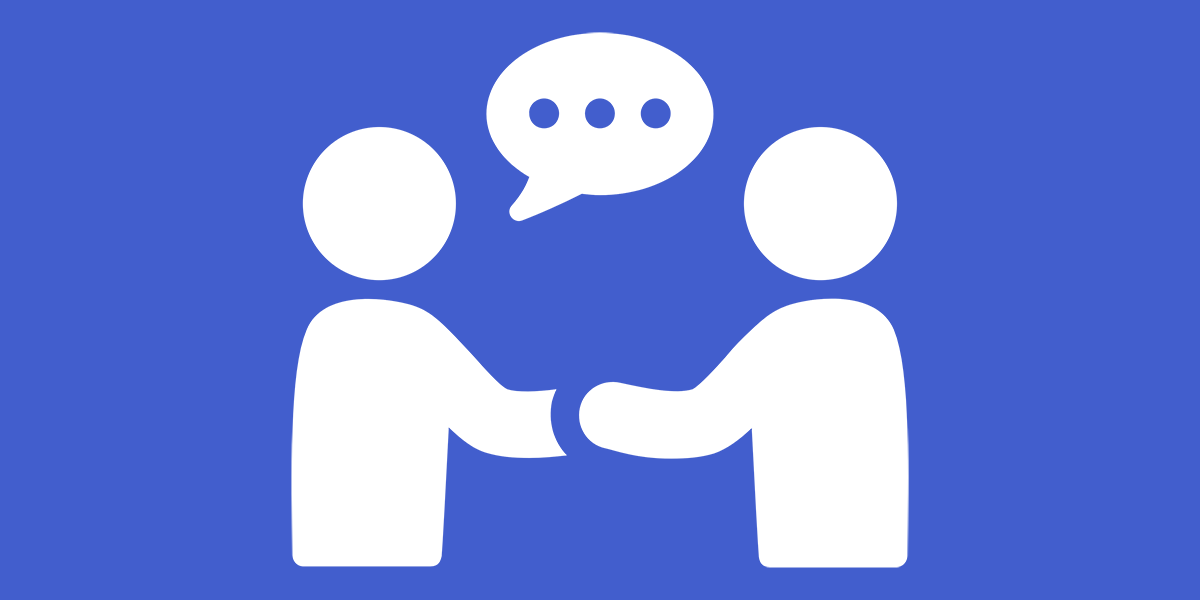This morning I sent an email to my payroll provider. Not to a generic inbox, but to the real live person who’s assigned my account. A moment later, I received the following auto response: “XXXXX XXXXXXX is no longer employed with us. His inbox is being monitored while your account is transitioned to a new dedicated specialist. Please call 877-XXX-XXXX to speak with the first available specialist.”
I wasn’t thrilled — but I wasn’t surprised. In my work with business-to-business organizations in industries as diverse as mining and healthcare, I’ve found this type notification to be all too common.
Here’s the problem: Individual B2B customers tend to have strong personal connections to one (maaaybe two) people in the organizations they do business with. That might be an account manager, customer success manager — or, as in my case, a payroll specialist. B2B customers reach out directly to their dedicated contacts whenever they have a question or problem. They expect their contacts to know both them and the details of their business. And they depend on their relationships with their contacts for both sales and support.
In short: Customers’ relationships with their dedicated contacts are key to the success of any B2B business.
That’s why after-the-fact news that a trusted contact has been reassigned or left the organization often results in a range of customer emotions:
- Annoyance if it happens often or the customer now has to call or email a generic help line.
- Frustration over having to complete tasks — like making a purchase or getting a status update — outside of their comfortable communication process or channel.
- Anxiety about building a new relationship from scratch.
- Anger over feeling like the organization didn’t value their business enough to give them a heads up about the change.
The good news: This poor customer experience is easy to avoid.
- Keep of list of personnel and key account/customers. You should already have this info in your CRM or some other system. But if not, make sure you know which accounts — and which specific people in that account — are assigned to each customer-facing employee.
- Define a proactive notification process. Define a process for reassigning accounts to a new dedicated employee and managing customer communication whenever you have a reorg or a customer-facing employee gives notice. (These situations will happen sooner or later, so do this now.) As soon as you become aware of an upcoming personnel change, introduce your customers to their new dedicated contact prior to them losing access to their old one. If possible, have the new contact shadow any calls or meetings to provide a smooth transition.
- Define a reactive notification process. While you should strive to make all of your notifications proactive, it’s impossible to entirely avoid situations where employees leave with no notice. Just as above, define a process for reassigning their accounts communicating with the appropriate customers. And define a service level agreement that specifies how quickly customers will be notified once an unexpected change happens.
- Assign these tasks to a specific person or group to manage. No shocker here: Items 1 through 3 above ain’t gonna happen if everyone thinks they’re someone else’s job. So, make sure that some person or group has this as an explicit responsibility — and ensure they have direct communication to your human resources department so that they can stay on top of upcoming and unforeseen personnel changes.
Do you have any best practices for dealing with this customer-facing personnel changes? Please share in the comments below.




